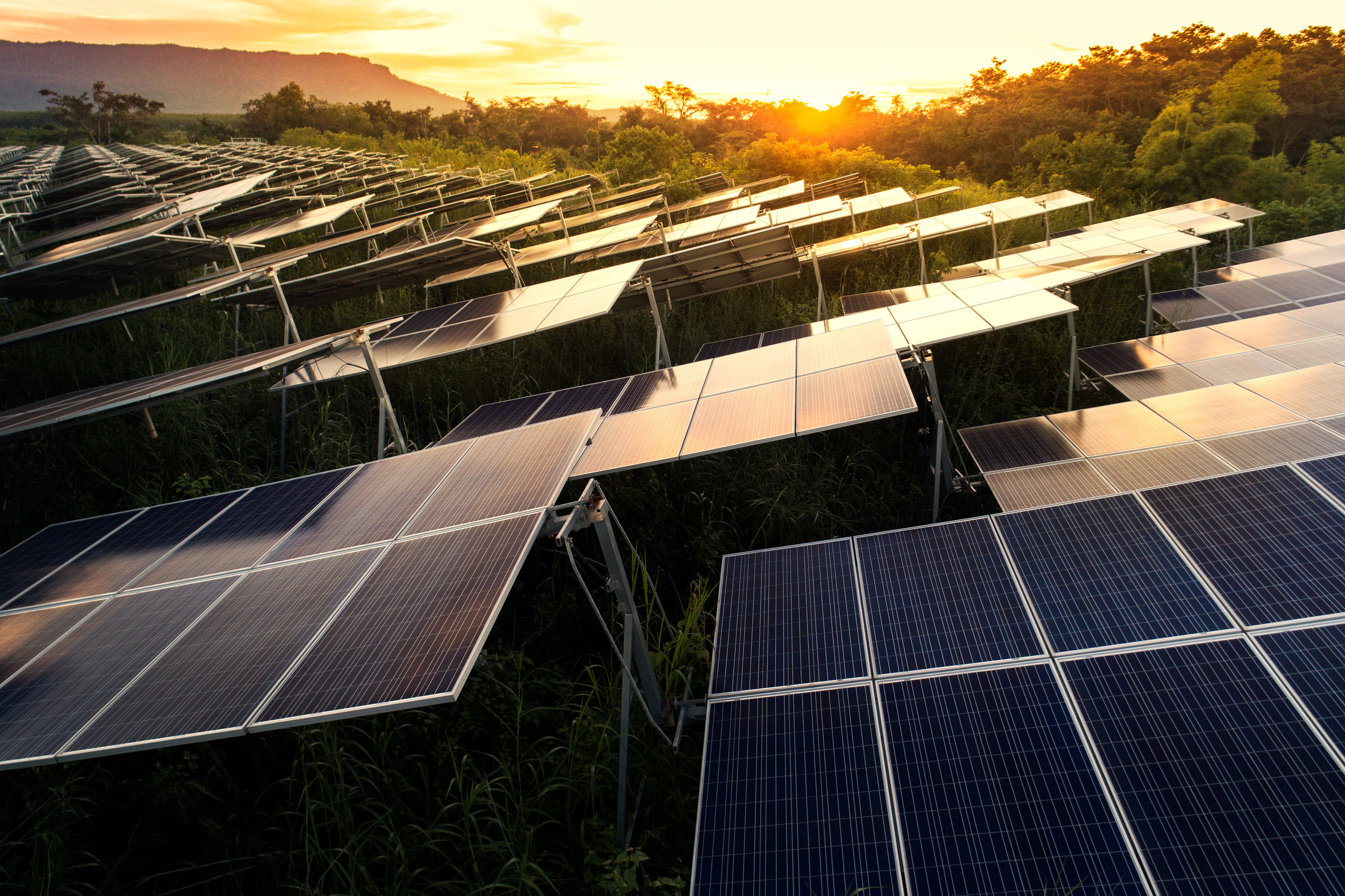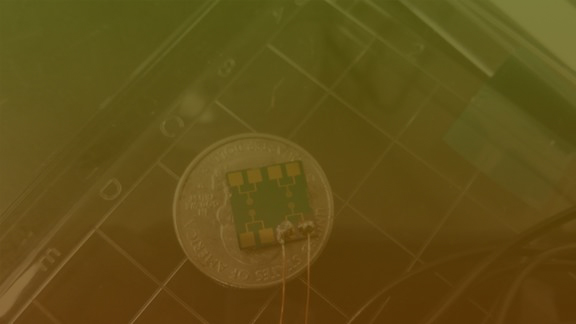New materials being developed to prevent wind turbine damage

Researchers of Spain's Universitat Jaume I of Castellón are developing new materials that will make wind turbines more resistant to the extreme climate conditions they have to withstand.
The University Institute of Ceramic Technology Agustín Escardino of the Universidad Jaume I in Castellón, Spain, is participating in the development of new materials that are resistant to extreme climate for the manufacture of wind turbines. The AeroExtreme project, led by company Siemens Gamesa, will be operational until the end of 2018 and is co-financed by the Spanish Ministry of Economy, Industry and Competitiveness as well as FEDER Funds.
Electric power generated from renewable energies such as wind power has become increasingly popular in recent years in Europe. According to WindEurope, this type of energy represented 51 percent of all energy generated in new facilities opened during 2016, replacing those that make use of fossil fuels.
Large wind turbines face adverse weather conditions such as the continuous impact of particles transported by wind at high speeds, very high or low temperatures, an abundance of dust, high exposure to ultraviolet rays, etc. To increase energy production efficiency and reduce repair costs, it is increasingly necessary to develop advanced performance materials that withstand such extreme conditions.
The AeroExtreme project studies various passive and active solutions for the blades and the nacelle (internal structure on which the blades turn) with the aim of maintaining high yields of electrical power production and high durability in extreme climatic conditions.
Wear caused by dust particles suspended in the air, the accumulation of dirt and the growth of microorganisms in the blades significantly reduces their energy production efficiency due to the damage to their aerodynamic shape. Within the framework of the project, the ITC has developed a type of material with far superior resistance to erosion than those currently used, as well as photocatalytic and antifouling coatings, witch also have hightened durability.
Vicente Sanz, main researcher of the project, says, "The previous developments of the ITC in nanotechnology and the interdisciplinary collaboration have been key elements for the success of the solutions found, whose implementation will be carried out soon."
Source: https://phys.org/news/2018-01-materials-turbine.html#jCp





